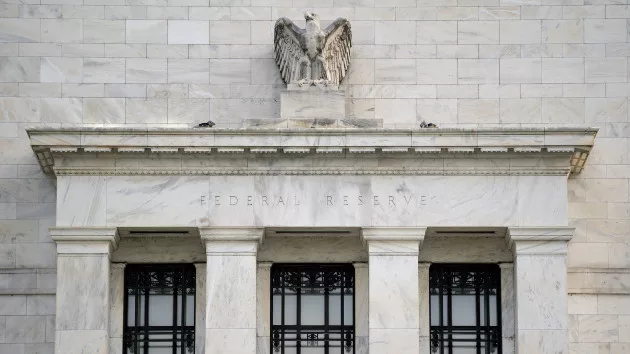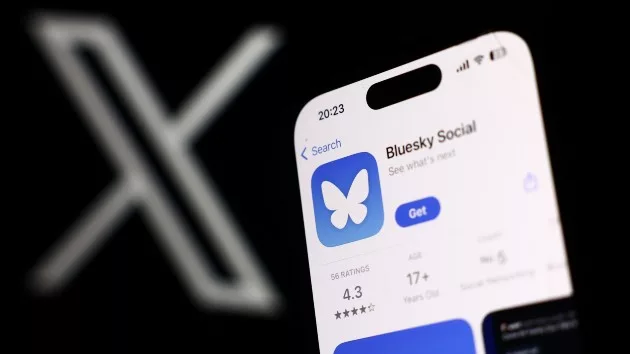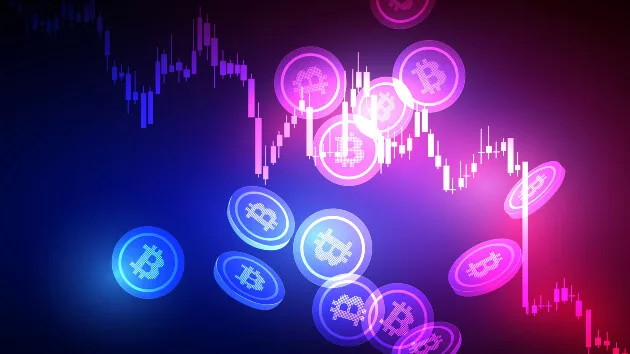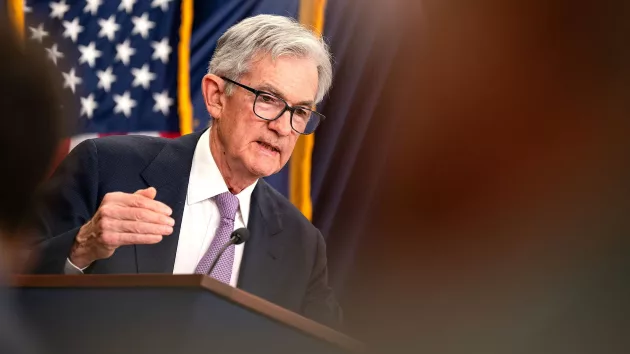
(NEW YORK) — Borrowers have waited years for a sign of relief from high interest rates for everything from credit card loans to mortgages. The wait may come to an end this week.
Investors widely expect the Federal Reserve to cut interest rates at a meeting on Wednesday. The move would dial back the central bank’s benchmark rate from a 23-year high, reversing some of the rate hikes initiated three years ago in an effort to fight inflation.
Questions, however, remain about the size of the rate cut, what it means for borrowers and how it may impact the 2024 presidential race.
Experts spoke to ABC News about what to know ahead of the potential interest rate cut.
Why is the Fed expected to cut interest rates?
In 2021, the Fed began aggressively raising interest rates in an effort to bring inflation under control. The policy has largely succeeded. Inflation has slowed dramatically from a peak of about 9% in 2022, though it remains slightly higher than the Fed’s target of 2%.
Meanwhile, the job market has slowed. A weaker-than-expected jobs report in each of the last two months has stoked concern among some economists. The unemployment rate has ticked up this year from 3.7% to 4.2%.
Those trends have shifted the Fed’s focus away from controlling inflation and toward ensuring a healthy job market.
In theory, lower interest rates help stimulate economic activity and boost employment; higher interest rates slow economic performance and ease inflation.
“The Fed has been very much guided by data,” Anastassia Fedyk, a professor of finance at Haas Business School at the University of California Berkeley, told ABC News. “ Inflation numbers in the last few months have started looking good, and things are not looking so hot in terms of the jobs reports.”
What will the size of the rate cut be?
The chances of an interest rate cut at the Fed’s meeting next week are all but certain, according to the CME FedWatch Tool, a measure of market sentiment.
Market observers are divided nearly down the middle over whether the Fed will impose its typical cut of a quarter of a percentage point, or opt for a larger half-point cut. The tool estimates the probability of a quarter-point cut at 51% and the odds of a half-point cut at 49%.
“There is that much uncertainty because it seems not all Fed officials are of the same opinion,” Gregory Daco, chief economist at accounting firm EY, told ABC News.
Some Fed policymakers appear to prefer a gradual approach to rate cuts in light of easing inflation and a resilient, albeit weakened, labor market, Daco said. By contrast, others seem to favor a large initial cut that would help avert a more severe job market slowdown.
What would a rate cut mean for credit card fees, mortgage rates?
An interest rate cut would mark a major milestone as the Fed shifts toward a lowering of rates and an easing of costs for borrowers, experts said. Still, they added, the initial rate cut would not substantially lessen loan payments.
“In the grand scheme of things, it’s peanuts,” Daco said.
Nevertheless, some loan relief has already emerged in anticipation of a gradual lowering of interest rates over the coming months.
Mortgage rates fell last week to their lowest level since April 2023, Freddie Mac data showed. The 10-year treasury yield, which helps set the level of many consumer loans, has plummeted nearly a percentage point since July.
“This is a sign of a trend that’s going to start, but it’s going to take a lot longer and be milder than an immediate transition,” Fedyk said.
What would a rate cut mean for the November election?
Typically, lower interest rates make borrowing less expensive for businesses and consumers, propelling companies to invest in new projects and everyday people to stretch for bigger purchases. That all should help propel economic growth and buoy consumer optimism.
In turn, an economic surge could benefit the incumbent party, dispelling concern about a recession and improving the livelihoods of everyday people, some analysts previously told ABC News.
However, the benefits of a forthcoming rate cut could prove more limited, since rate moves take hold after a period of delay that can last months, analysts said.
The most recent Democratic presidential candidate who failed to win reelection, Jimmy Carter, lost his bid amid a historic series of rate hikes at the Fed.
A rate cut would deviate from the policy approach taken by the Fed prior to many recent presidential elections, a Reuters analysis found. Policy rates were left unchanged for six to 12 months before the 2020, 2016, 2012 and 2000 U.S. presidential elections, according to Reuters.
To be sure, the Fed says it bases its decisions on economic conditions and operates as an independent government body.
When asked about the 2024 election at a press conference in Washington, D.C., in December, Fed Chair Jerome Powell said, “We don’t think about politics.”
Copyright © 2024, ABC Audio. All rights reserved.








